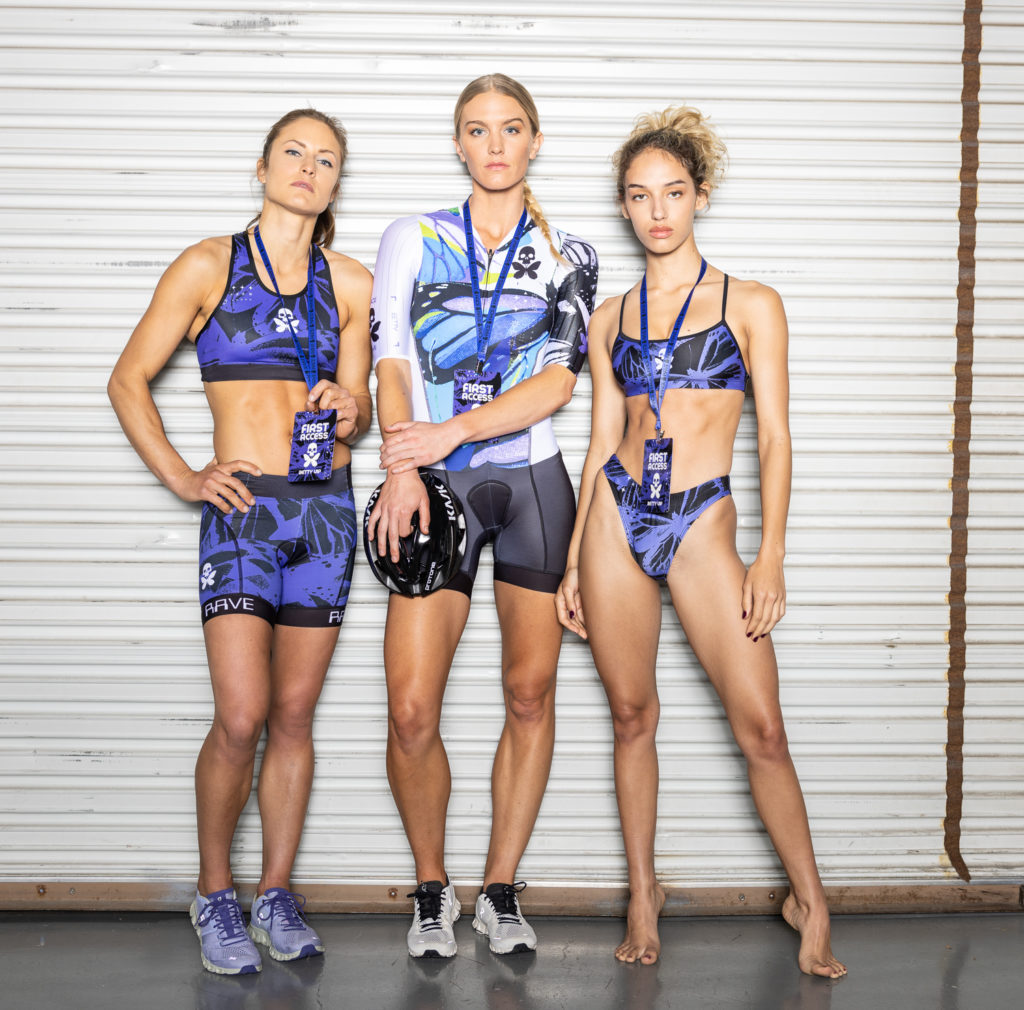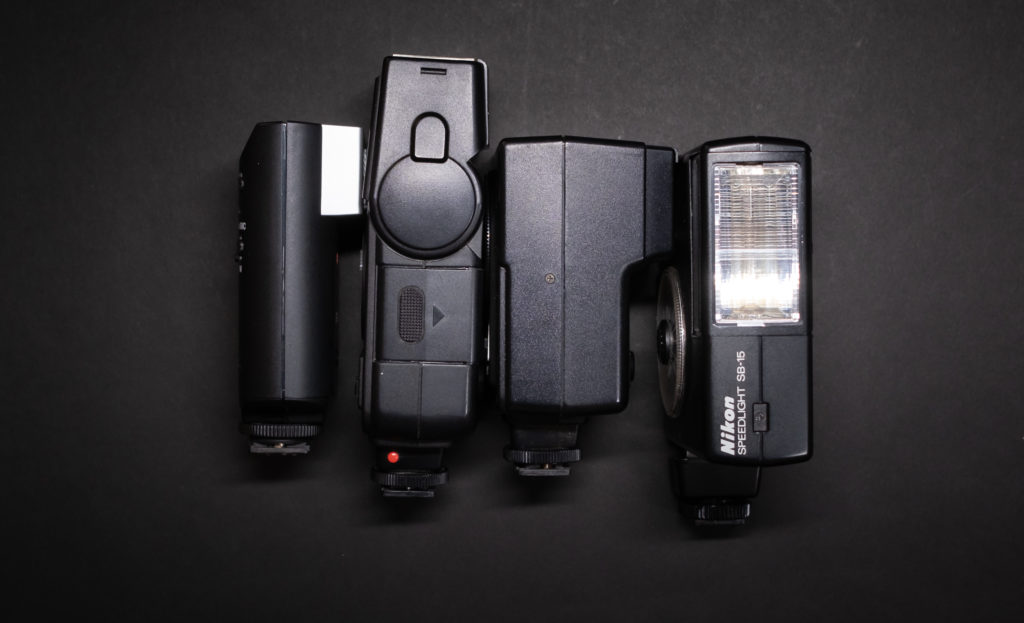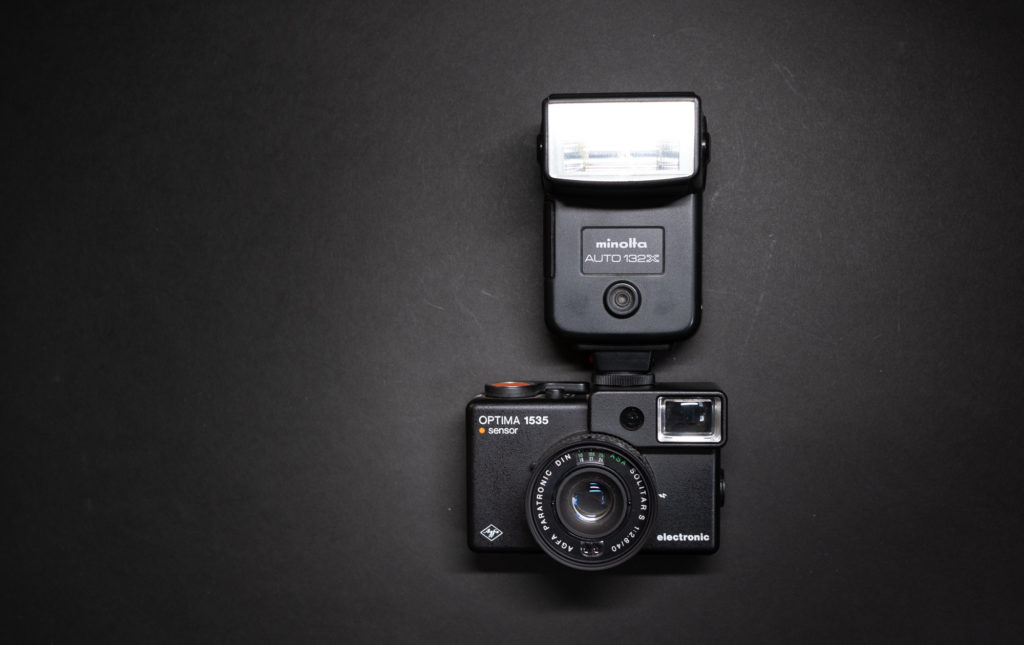A few months ago I mentioned on Instagram that the Leica SF 24D (1) flash was the only Leica accessory I can’t live without and was summarily chastised for not realizing that this flash now costs $400 USED. The peanut gallery was correct. It seems unreasonable to recommend a $400 for a flash that most people will use only rarely. That was dumb on my part.
I vowed to find an alternative and correct my transgression. This article satisfies that promise. In the spirit of full disclosure, this post was personal. I don’t spend hours researching 20-year-old flashes out of the goodness of my heart. More on that in a minute.
Ignore what you read about “on camera” flash photography. The Leica SF 24D use case.
If you are a Leica photographer, it is almost certain that flash photography is not your main concern. Leica sells flashes but the flash options are expensive and limited. Unlike Canon, Sony, Fuji, Panasonic, Olympus, and Nikon, Leica doesn’t play well with 3rd party flash manufacturers like Profoto. From my vantage point, therefore, it is difficult to justify the Leica ecosystem if you are going to be using flash on any sort of routine or professional basis. This is a primary reason why I decided against moving to the Leica SL platform for my commercial work.
Please don’t misquote me. I am not saying that you can’t use most flash systems with Leica cameras. You can but they only work in manual mode which is an unnecessary headache. That combined with a 1/50 sync speed on Leica M film cameras with essentially no option for high-speed sync or TTL on any Leica using third part flashes means combining ambient light and flash is more difficult and more time consuming than it needs to be. Leica photographers wax poetic about “the process” and how manual cameras and film make them “slow down.” I have to assume that most of them never shoot with a flash. If they did, they would hate the process and do anything to speed it up. Flash automation is wonderful. Playing with light meters isn’t. When I really need flash I don’t bring a Leica. You can quote me on that.
That doesn’t mean I never use a flash when I am out and about with a Leica camera. There are times when I just need a bit of light and I stick that light right in the hotshoe of my M10 or M7. In fact, I am about to argue that there is a use case which dictates that you should ignore everything you have ever heard about “on camera”(2) flash. When I was starting out, I was afraid to use “on camera” flash because every book, every YouTuber, and every website said in order to use flash you needed to first get it off of the camera. They were partially right. Sometimes, “on camera” flash exactly what you need to do.
We are not talking about Rembrandt light here. We are not talking about making flattering portraits with soft light and all of that jazz. We are talking about a specific flash use case where adding a little bit of light, in a pinch, is appropriate so you can get the photo. Photojournalists do it all the time. Every point and shoot comes with a little flash. That is what we are talking about here. A flashed picture without motion blur or excessive noise is better than a blurry piece of garbage or not taking the shot at all.
From what I can tell, lots of film photographers and M-camera users are taking pictures of garden gnomes, basketball hoops, and parked cars. Garden gnomes and parked cars don’t worry about flattering light. As an example of how “on camera” flash can help in these situations, here is a side by side of an e-bike in a dark garage. The e-bike didnt care about flattering but it does look blue in one image and black in the other.
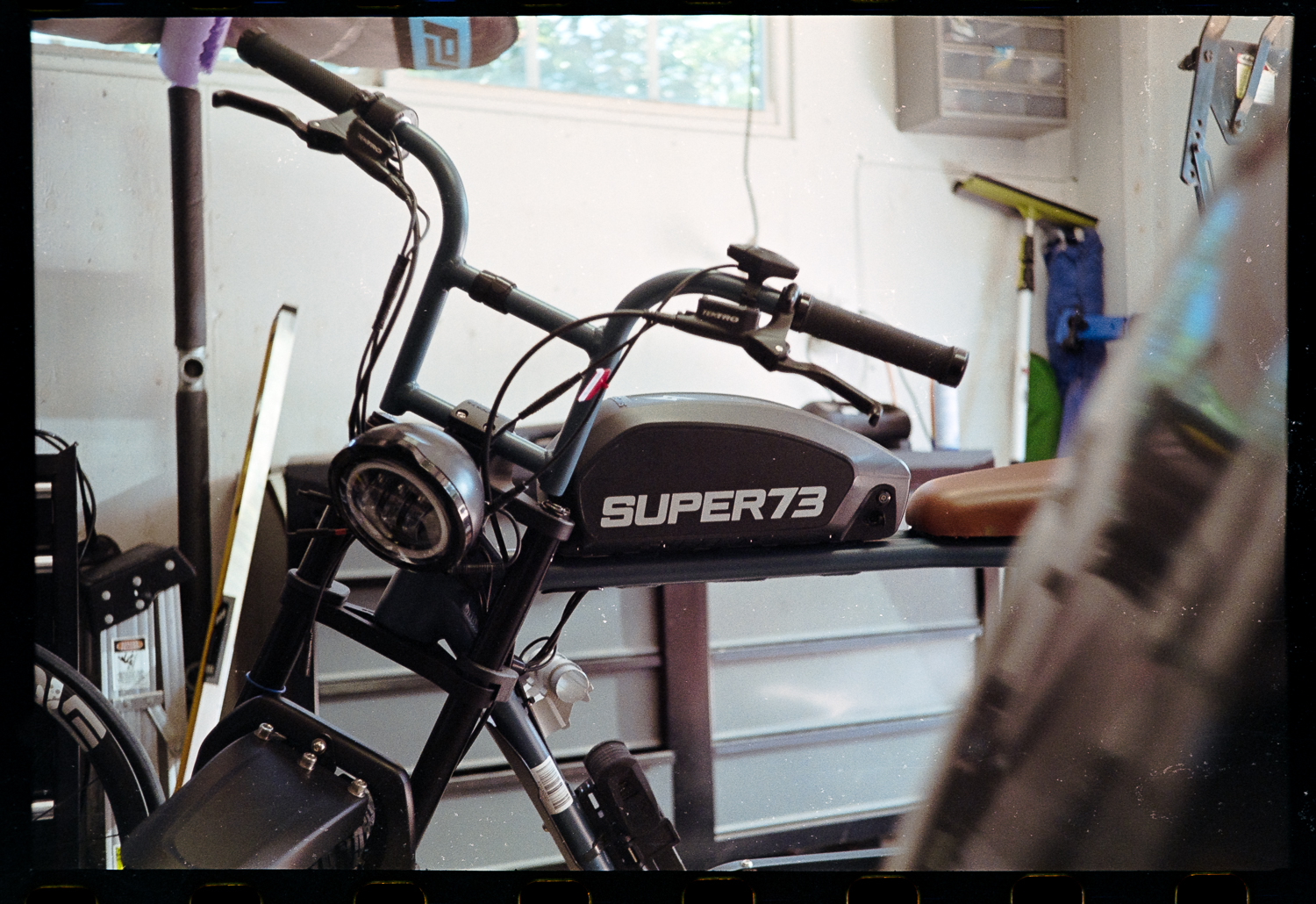

It is also probably worth noting that I came of age when the American Apparel, waif, 90’s, heroin chic-model/ party flash look was hip and I can’t get it out of my system. If you want to take pictures like they did in the 90s, get a flash and stick it in your hotshoe. I give you permission. Break the rules. Be a rebel. Go nuts. This image was made with a flash from 1987. Bonus points for missing focus.
 This is another example of how an on-camera flash can enhance a picture. If you put the main light (like the sun or an open door) behind you, an on-camera flash will give the picture a little extra pop of light with good effect.
This is another example of how an on-camera flash can enhance a picture. If you put the main light (like the sun or an open door) behind you, an on-camera flash will give the picture a little extra pop of light with good effect.
This image was done with the sun overhead and a fill flash for pop. Please excuse the post-processing fakey blue and purple flares
Finally, you can always dial the flash down a bit. This was done with a single flash in the hotshoe but dialed way down so you can almost barely tell it was a flashed picture. The flash created some separation between the subject and the background that might not otherwise be there.
These types of use cases are why I always keep an SF 24D in my bag. Sometimes you just need a little bit of light and there is no way I am keeping a full-size speedlight in my bag. I don’t need that power and they are too large. Moreover, you never know when Fiona Apple will jump into a cuddle puddle and tell me that all she needs is a good defense. Fiona apparently ignored the photography blogs too. She gets on camera light. Such a criminal.
Searching for alternatives (spoiler alert)
The Leica SF 24D is my choice for a tiny flash to have on hand in a pinch. Unfortunately, the prices have gone up so much during the pandemic and subsequently during the post-pandemic inflation bubble that it might not make sense to purchase one if you are a causal flash user. At the time of writing, the Leica SF 24D costs $400 used. Oof.
It also doesn’t make sense if you find yourself in possession of an AGFA Optima Sensor 1535 which is exactly where I found myself when I started this project. Unfortunately, the foot of the 24D doesn’t fit in the hot shoe of the Agfa 1535 camera. WHAT? Is someone serious???? I finally get stupidly lucky on eBay and now I need to deal with a flash incompatibility. All of a sudden your pain was my pain. I needed a Leica SF-24d replacement to use with my Agfa 1535. The rest of this article is showing my work about how I tackled the problem.
I am showing my work because (spoiler alert) when you get to the end and I recommend that you should just pay the Leica tax (3) and get the Leica 24D, you are going to vocalize like a blocked cat with a urinary stone and proclaim that there has to be something I missed. I am showing my work because you are not going to believe how much research went into a project that literally one dude on instagram, me, 7 other photo nerds, and 2-4 Leica fanboys will ever care about before I threw in the towel and accepted defeat.
From my vantage point, the ideal Leica SF 24D replacement would have to have all of the following features if it is going to be considered a true alternative.
- Small: There are hundreds if not thousands of flashes. The problem most of them are big, heavy, and pug ugly. Putting any old flash on top of a Leica would be like driving to The Met Gala in a Scion xB. The Agfa 1535 is downmarket from your Leica but, like your Leica, most flashes appear comically large in the hot shoe.
- Lightweight: you would think small and lightweight go together but that is not accurate with flashes. There are diminutive but chubby flashes that take a bunch of batteries and are heavy for their size. Small and lightweight are decoupled attributes when it comes to flash photography. The Leica SF 24D takes two relatively expensive and hard to find CR123A batteries. There is a method to the madness.
- A power rating similar to the 24D: Flashes are rated by a guide number. The Leica SF-24d has a guide number of 65.
- Automation: If you are a casual flash user and need a flash in a pinch, you are not going to be running around with a light meter or doing math with guide numbers like they did in 1950. The SF 24D has TTL automation for Leica TTL cameras. For Leica cameras that do not support TTL automation there is a non-TTL auto mode that allows you to use any f-stop.
- Style and class: You can say you purchased a Leica because of the heritage or the image quality or the lenses or blah blah blah. You had other options but you chose a Leica (or Agfa 1535) and you are holding that wonder of design in your hand AT LEAST PARTLY because it looks and feels good. Nobody in 2022 is using a Leica if they don’t care about looks. Be honest, we are playing cameras and lenses (and flashes) here and that is OK. You and I both know you cant just go running around Harajuku in the summer with any old plastic square on top of your camera. We will need at least a modicum of style and class to call a flash a legitimate alternative to the 24D.
- Low trigger voltage: In the old days, cameras didn’t have sensitive electronics. Some legacy flashes can murder your camera. We are not camera murderers. I will only consider flashes that can be used on all modern cameras which require a trigger voltage of less than 6V. This is important. More on this soon.
- Less expensive than the Leica 24D: duh, otherwise you would just get the 24-d and this whole discussion would be pointless.
- Readily available: I already made one dumb recommendation when I recommended everyone get the 24D. I am not going to make another one and recommend something you need to wait 6 months sport shopping on eBay to find.
- Has at least two f/stop options in auto mode: Newer electronic flashes like the Leica SF24D support multiple different apertures in non-TTL auto mode. Older ones only support one or two. More options are better.
TTL vs. Non-TTL Auto Flash.
As a casual flash user, you will want the flash and/or the camera to do some of the heavy lifting for you and help make sure you get a proper exposure. The alternative is to mess around with exposure meters and math. I can assure you that you are going to play with that exposure meter once or twice and then just leave the flash at home. Because of the inverse square rule, flash photography is a pain in the ass if you are shooting anything other than garden gnomes or parked cars and you aren’t using a tripod.
With digital, you can get away with manual flash because you can just look at the LCD and retake the image if your exposure is off. With film, at least in my hands, automation is a huge help even if that automation comes from 1970’s technology.
In modern cameras, flash automation generally falls under the moniker of TTL flash. TTL means “through the lens” where the light goes through the lens, into the sensor/ or light meter at the level of the film, and the camera quenches the flash when it gets enough light. With TTL flash your camera and lens need to talk with one another. In many cases TTL flashes are proprietary to the vendor and even the camera body.
Before TTL flash was invented, photographers had flash automation in the form of “autothyrisor flashes.” Nikon refers to this type of automation as “Non-TTL auto mode.” These types of flashes measure the light through a little meter on the front of the flash (e.g rather than in the camera) and when the flash senses the proper amount of light reflected from the subject it turns itself off. These flashes are vendor independent and can be used on any camera because the cam are and flash dont have to speak to one another. This is the key to finding an alternative for the Leica SF-24D. We can look at flashes from any vendor who incorporates this form of automation.
If you are unfamiliar with pre-TTL flash automation or the words autothyristor and Non-TTL auto mode, I refer you to the definitive statement about this topic. There is a meteoric tome about non-TTL auto flash at Emulsive.org. Everything you could possibly want to know is there. Everything. You have been warned. Stick with it. Pay close attention to the use cases for these flashes. TTL was invented for a reason. Let’s not overstate the usefulness of these flashes.
Flash trigger voltages
In the Emulsive.org article the author includes a noteworthy section about flash trigger voltages. Modern cameras require a flash trigger voltage of less than 6V. If the voltage is higher than that, you might murder your camera’s electronics. For this project, I limited my search to flashes with a <6V and I think you should too. Right now you might have a mechanical camera. The hipsters may have persuaded you to be afraid of electronics but someday you might get lazy or (gasp) have vision problems, or lose a thumb and you won’t be able to manually advance your film which will make you come to the dark side and use a camera that requires electronics. From my vantage point, equipment purchases should be future-proof. Even though you can get away with a high voltage flash, why risk a future camera murder if you accidentally stick that camera in the hotshoe of an electronic camera. I also test-drive all of these flashes on my digital camera to learn what they can do before using them on a film camera. If you are a film photographer and are new to flash, you should too. It will speed up your learning curve.
The alternatives (an incomplete list)
Now you get to see my work. I did my research but no list will likely ever be complete given that so many different flash units were made over the years. I am sure there are some that I missed.
- Vivitar and Sunpak: Vivitar and Sunpak made an endless number of flashes. Most had high trigger voltages. Many were large. All seem to have been ugly and utilitarian. They can make light and work perfectly fine but they are better matched to a Minolta X700 than a Leica. Get one if you like but you will never make it to the feed of @tokyocamerastyle with one of these perched atop your camera. I mean, can you imagine some dentist walking into Leica Store with a Sunpak flash on his M7? Shame. He would probably get smacked by a fanboy mulling about in the corner. One Sunpak flash that was a modern release that would work is the Sunpak PF20XD (4) .
- Agfatronic Flashes: Big ups to AGFA for style points on their line of Agfatronic flashes. Unfortunately, they are useless for our needs. Flashes like the Agfatronic 201b and 240b look great but have no auto mode and also have unreasonably high trigger voltages.
- Rollei flashes: Don’t lie. You melt when you see that Rollei logo. A script yay script “R” is all it takes. I do too even though I know full well that in the late years Rollei was primarily churning out unreliable plastic junk from Singapore. As long as that junk doesn’t fry our camera and looks good I can get past their late model reliability transgressions. Unfortunately, the Rollei 121BC has no automation. The Rollei 134 B, Rollei 100 XLC, Rollei Beta 3, and Beta 4 win on style but the trigger voltages are too high. The Beta 5 deserves to be purchased just because the LED’s remind me of Mattel Football from 1977 but doesn’t satisfy our requirements.
- Contax Flashes: Contax put Porche design in their cameras and apparently their flashes too. Big style points but when all is said and done there aren’t that many that fit our set of requirements. Early on Contax abandoned support for Non-TTL auto flash and went proprietary TTL. There, however, are a few early models that are contenders. The issue that takes them out of contention, however, is that they are not readily available. I actually tried to buy two TLA 30 flashes during my research but both had corrosion in the battery compartment. It also took me a while to find them. Oh well.
- TLA 20: no support for non-TTL auto.
- TLA 30: this one looks good. It is bigger than I want. As I said previously, I could not find one to test.
- Konica: Remember, Konica made the Hexar camera. They had some style before Minolta got hold of them. They didnt make much for us unfortunately
-
- Hexar HX-14: This flash looks to be a winner and could be crowned a Leica alternative but, given the cost, it isn’t worth it. It is too expensive to justify. Just pay the Leica tax and get the 24D. The 24D has more functionality.
- Konica Auto X-20N: I couldn’t find any information about the trigger voltage but it doesnt matter. There is only one aperture option so it was out of the running.
- Canon: Canon stopped support for Non-TTL auto mode relatively early in the game so there aren’t that many options that don’t have a high trigger voltage. There is also no style to be found in any of the Canon flashes. The 133A and 155A have trigger voltages that are too high. The 166A, 177A, and 188A are chubby pickles that only have one aperture option. The 199A is fully functional but it is large and if you are going to get something that looks like a modern speedlight you should just get an actual modern speedlight with non-TTL auto mode. I refer you to Nikon.
- Minolta: Winner winner chicken dinner. Minolta seemed to get the whole small flash with automation game. They didnt understand style and the X700 proves that point. If the style is less important there are a few that are readily available, have appropriate trigger voltages, and are the right size. Here is a good reference
- Minolta Auto 132X
- Minolta Auto 2ooX
Unfortunately, the minds of Minolta didnt quite understand reliability or build quality. These Minolta flashes are showing their age/and or quality. My 132X was perfect until it died because the plastic test button broke. The 200X I ordered from goodwill showed up dead. Unfortunately, a later model won’t work. The 200x seems to be the last flash they made before abandoning Non-TTL auto mode. In my limited experience with them, Minolta flashes are recommended with reservations due to reliability issues/age related disease.
- Olympus: Olympus is the OG tiny camera company. They understand compact flash and the T20 or T30 would have been perfect but the trigger voltages are too high. Unfortunately, once they modernized and got their trigger voltages down, they largely abandoned Non-TTL auto mode. Bummer. The FL-14 is a weirdly colored exception (4).
- YASHICA: Flashes like the CS-201 have trigger voltages that are too high and have only a single auto option. Are you seeing a pattern here? As time went on and trigger voltages came down flashes got bigger and/or companies abandoned non-TTL auto mode. Bummer.
- NIKON: Nikon is the standout in all of this legacy flash business for three reasons. In the early years they made a few flashes with some style 3) they always had relatively low trigger voltages and 3) they kept Non-TTL auto mode in nearly all of their modern flashes. There are loads of options and, honestly, if you can handle some size and are OK with the standard “speedlight style” flash just get something from Nikon and get on with your life. They are cheap, solid, functional, and easy to find. Here is additional flavor regarding particular units:
-
- Nikon SB-9: This is an early, stylish, little gem; but it only supports one aperture in auto mode
- Nikon SB-15: This one is a weird one. I can’t tell if it has any style but it does sit horizontally on the camera which is interesting. The way it distributes its weight offsets the actual weight of the flash on the camera. It is a tank (heavier than it looks) but it works great. If you can wrap your head around a little weight and the horizontal layout it stores in a camera bag really well. I dig mine. It also allows for bounce flash to the ceiling and left which is a bonus.
- Nikon SB-19: I had this one pegged as my go to flash until I (almost) used it. The flash voltage on my unit was 22.4v which is higher than reported online. It also has only one aperture option for auto mode. So close. So so close.
- Nikon SB22: this one has all of the functionality we need but it is the first of the Nikon flashes that looks like a normal speedlight looks. It is also big and heavy. I see no reason to get the SB22 because it is about the same size and price as the SB24 but the SB24 has more features
- Nikon SB-24; This is actually the first modern Nikon unit with an LCD screen. It is a beefcake but it satisfies all of our functionality requirements and even allows you to use any f-stop you want – just like the SF 24D. On the downside, it looks and weighs about what every other gross speedlight would look like for at least the next quarter century. There are many models after the SB-24 that would work for our needs but Nikon speedlights hold their value and all of the extra technology Nikon packs into their speedlights will be wasted on you. Finally, late model Nikon flashes start not making sense for our purpose because lots of them are as expensive as the Leica 24D. It might be interesting to note that the early model SB-24 is larger than the late model SB-800.
- Nikon SB30 (4)
To give you an idea of the size of the 24D compared to the alternatives check out the image below. From left to right 1) Nikon SB-19 2) Nikon SB800 3) Leica SF24D 4) Minolta auto 132X 5) Minolta auto 200X 5) Nikon SB15 6) Nikon SB24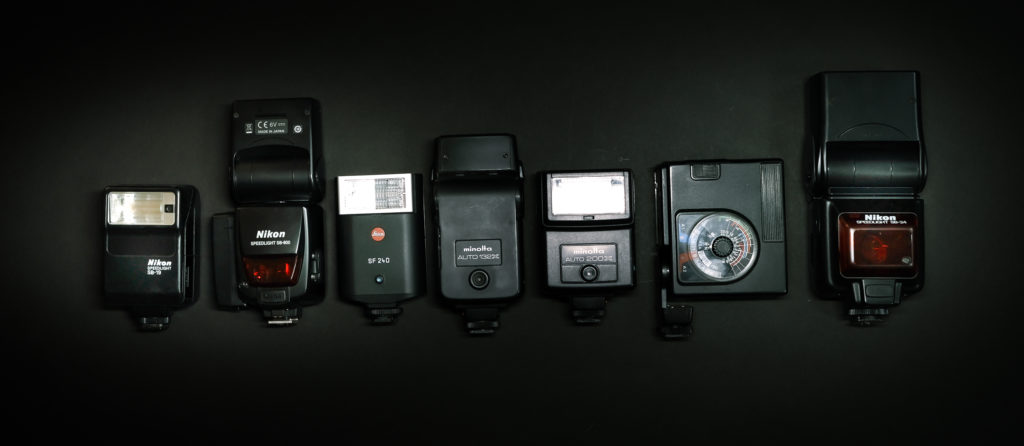
The width is important. Remember, some of these are chubby pickles and that can only be appreciated from the side. In the image below from left to right 1) Leica SF24D 2) the svelte Minolta auto 132X 3) the chubby Minolta 200X and 4) the super narrow Nikon SB-15
I am hoping that someone will tell me there is something I missed. This list will be updated if/when that happens. For now, there is my work. I did my best. At least you know I tried.
Conclusions and Recommendations
Bottom line: I found no perfect alternative for the Leica SF 24D.
Everything I could find was either too heavy, too ugly, too trigger voltage happy, or too expensive. An argument can be made that you should just get the Leica 24-D and pay the Leica tax. If, however, you are like me (dumb, cheap, and have an Agfa Optima Sensor 1535 where the Leica 24-D wont fit) this is what I would do.
- If size is most important and you want to deal with the possibility of reliability issues including but not limited to acute flash death, look to Minolta. The Auto 132X would work. Mine is currently dead but I am actually going to get anther Auto 132X. THe 20ox is much larger than it looks pictures but still manageable if you find one on the cheap.
- If functionality and build quality are more important and you can deal with some weight and size, look to Nikon. The SB-15 is heavy and “different” looking but works great, stores well in a camera bag, allows for bounce flash. and is readily available. Mine is growing on me and I am keeping it. If you can handle even more size but want to use any aperture, get the SB-24 (or later). You will also be ready with Nikon TTL when you get that FM3A, FE2, or FM2. You will eventually get fed up with the Leica tax and dabble in a Nikon. Just wait. You will.
Did I mention, you should just suck it up, pay the Leica tax, and get the Leica SF 24D?
NOTES
- For the purposes of this article the, Leica SF 20 flash is interchangeable with the SF 24D. For our use (e.g. Non TTL auto mode) they do the same thing. They are also priced about the same. At the time of writing the Leica SF 20 was $300 used.
- “On camera flash” refers to putting an unmodified flash in the hotshoe of your camera, pointing it at your subject, and taking a picture. As a general rule, it isn’t known to be the most flattering of light. Many photographers recommend never doing it. I respectfully disagree.
- The Leica tax is the tax you pay for being stupid enough to buy luxury goods like cars, watches, and cameras. Eventually, you will need repairs or accessories and these repairs and accessories are where the luxury vendors slap you still with a stupid tax to remind you that you were stupid enough to buy their stuff. With Leica (and Hasselblad BTW) if you stretched to buy that camera and lens, you are going to have your heart ripped out when you find that you need a new battery, a lens hood, or (of course) a flash.
- Special thanks to Andy Chang who went on a DEEP DIVE and came up with a few I initially missed. Please see…https://andychangblog.blogspot.com/2023/03/the-perfect-flash-for-rangefinder.html


